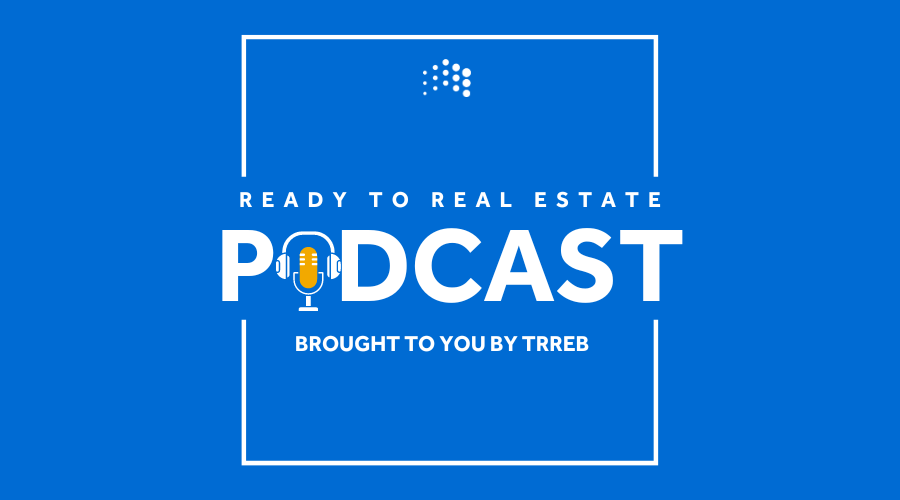After a brief downturn due to COVID-19, immigration is back to normal in the Greater Toronto Area (GTA), with the City of Toronto anticipating an additional one million residents over the next 30 years. Immigration is a cornerstone of economic growth and key to the diversity that makes regions, such as the GTA great. Studies, including polling conducted for TRREB by Ipsos, show that immigrants are more likely to purchase homes than existing residents; though with a noted lack of available, affordable housing supply, where will newcomers to the city live?
The City of Toronto’s Chief Planner and Executive Director, Gregg Lintern, met with TRREB’s Chief Market Analyst, Jason Mercer, for an episode of the Ready to Real Estate podcast to discuss ways to increase the number and diversity of housing in the city. Read on for an overview of some of the initiatives the City has enacted or is considering to bring more supply online.
New Housing Models – Filling in the “Missing Middle”
Gregg points to the need for more “ground-related” mid-density housing in the Toronto; there’s a lot of apartment-style housing available, but there’s a need and desire for low-rise housing that’s affordable that can add gentle density to neighbourhoods. The City recently allowed for the building of secondary suites within homes, as well as laneway housing. Both of these increase housing supply within the existing confines of a property.
Also being explored are garden suites – a secondary building in a yard – and multiplexes which are small, multi-residential buildings with the same footprint as a single mansion-sized home. All four housing types fit in with existing neighbourhoods and provide a variety of options for both new buyers and people who may have aged out of their existing, larger homes, but want to remain within their neighbourhoods.
Inclusionary Zoning
Toronto is the first municipality in Ontario to implement inclusionary zoning. It’s a practice that mandates a certain percentage of every residential building built in certain areas must provide a portion of affordable housing – that is, housing that is pegged to 30 per cent of the resident’s before-tax monthly income or lower.
Gregg notes that inclusionary zoning will start small and increase over time, to give the industry time to adapt to it. With 15,000 units completed in the city a year, even a small percentage of these being given over to affordable housing would make a big impact.
Vacancy Tax
Just passed at the beginning of 2022, Toronto’s vacant home tax will disincentivize investor-owners from leaving their units uninhabited for six months or more in the previous year – prompting them to either offer their property as a rental or put it up for sale. Jason adds that a successful vacancy tax would be one where the city received no revenue because all of the units would be rented or sold, and Gregg agrees.
Of course, and as Gregg acknowledges, no single initiative is enough to fix Toronto’s housing dilemma; they are policies that work off each other and together create more opportunity. To learn more about what the City has planned to tackle housing issues, make sure to catch the full episode for Gregg and Jason’s conversation.


